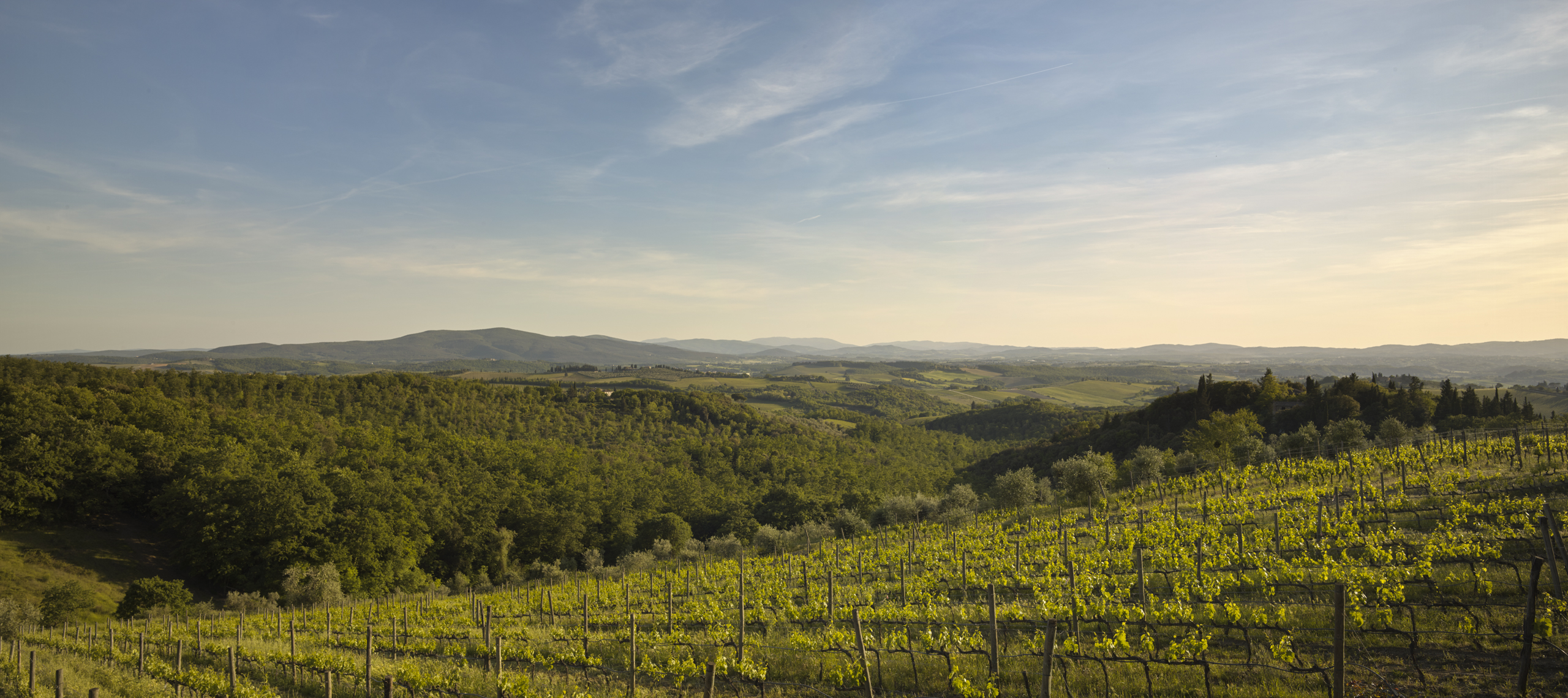
Italy is one of the most important farming countries in the European Union. It generates almost a fifth of the total added value created by European agriculture. The figure for Italy is estimated at 32.2 billion euro, which is more than France, Spain or Germany.

In 2017 only 3.9% of Italy’s population was working in agriculture. Many farms are very small, around 75% of them less than five hectares in size.

Agriculture in central and southern Italy has a generally traditional character and south of the River Arno it is mainly subsistence farming. In the wet season maize is grown in the south, and vineyards and olive groves are characteristic of southern regions. The main grain crops are wheat, the basis for the country’s many kinds of pasta, followed by maize and rice. Wheat is grown primarily in central and southern Italy, maize in the lowland plains to the north of the Po, and rice in the Po valley around Milan.

Typical of the agrarian landscape are its orchards and vineyards, producing crops including grapes, olives, nuts and citrus fruits.

(Source: Eurostat).
‘Italy has a leading position in organic agriculture, with 72,000 organic farms.’
Climate change, a shortage of water, illegal labour and an ageing labour force remain sources of concern.
We have selected another two stories that might inspire you.


